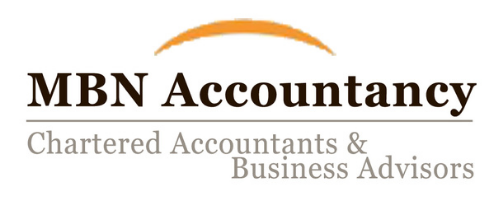The annual investment allowance (AIA) allows you to claim an immediate deduction against your profits for qualifying capital expenditure up to the available limit. The AIA limit was temporarily increased from £200,000 to £1 million from 1 January 2019 to 31 December 2021. It will return to its permanent level of £200,000 from 1 January 2022. This means that time is running short to take advantage of the higher limit. But, be warned, there are traps to be avoided.
Accounting period falls wholly within period from 1 January 2019 to 31 December 2021
If your accounting period falls wholly within the period for which the higher £1 million limit applies, for example, if you prepare your accounts to 31 December 2021, the position is quite straightforward. If your accounting period is 12 months, the available AIA limit is £1 million; if you accounting period is less than 12 months, the limit is proportionately reduced.
If you are planning capital expenditure of more than £200,000, and you have a 31 December year end, it would be advisable to incur the expenditure before 31 December to benefit from £1 million limit. The limit will revert to £200,000 for the year to 31 December 2022.
Accounting period spans 31 December 2021
The position is more complicated if your accounting period spans 31 December 2021. Not only do you need to calculate the limit for your accounting period, you also need to calculate the cap that applies to expenditure that is incurred after 31 December 2021.
The AIA limit for periods spanning 31 December 2021 is found by applying the formula:
(x/12 x £1,000,000) + (y/12 x £200,000) where x is the number of months in the period before 31 December 2021 and y is the number of months in the period on or after 1 January 2022.
However, this is not the end of the story as a further cap applies to limit the AIA that is available for expenditure incurred in the period but on or after 1 January 2022. The cap is equal to:
y/12 x £200,000
where y is the number of months in the period falling on or after 1 January 2022.
Example
David is a sole trader. He prepares accounts to 31 March each year. He is planning in investing in new equipment in the year to 31 March 2022 which will cost £300,000.
His AIA limit for the year to 31 March 2022 is £800,000 ((9/12 x £1,000,000) + (3/12 x £200,000)).
However, a further cap of £50,000 (3/12 x £200,000) applies to expenditure incurred in the period from 1 January 2022 to 31 March 2022.
If David buys his equipment before 31 December 2021, he can claim the AIA for the full amount, achieving an immediate deduction in calculating profits for the year to 31 March 2022. However, if he buys the equipment on or after 1 January 2022 but before 31 March 2022, he can only claim the AIA on £50,000 of the expenditure (despite the limit for the period being £800,000). He will be able to claim writing down allowances on the difference. In this case, he may wish to delay the expenditure until on or after 1 April 2022, so that it falls in the year to 31 March 2023, for which the AIA will be available for £200,000 of the expenditure.
Companies
Companies incurring qualifying expenditure in the period 1 April 2021 to 31 March 2023 may be better claiming the super-deduction than the AIA. The super-deduction is not available to unincorporated businesses.
For help and advice on the Annual Investment Allowance limit please contact us

